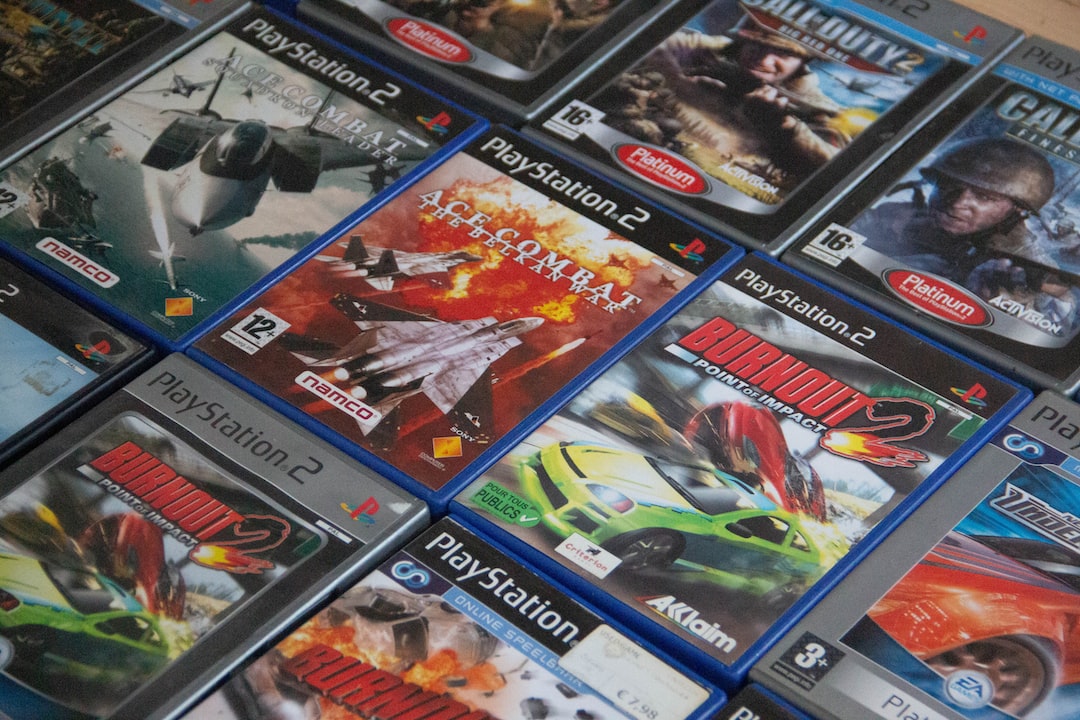Are you tired of playing games on a sluggish computer that freezes or lags at the most crucial moments? If so, it might be time to take matters into your own hands and build your own gaming PC. Not only will this allow you to have complete control over the specifications, but it can also save you some money in the long run. However, building a gaming PC can be a daunting task for beginners. This guide will provide you with step-by-step instructions to make the process much easier.
1. Define your budget and goals
Before you start selecting components, you must determine your budget and goals. Are you looking to build a high-end, cutting-edge gaming rig, or are you content with a mid-range rig? Set a realistic budget and be mindful of your expectations. Research the latest computer games and their recommended system requirements to have an idea of the components you will need to invest in.
2. Choose the right processor
The processor, or the central processing unit (CPU), is the brain of your computer. It determines the overall performance and speed. When choosing a processor, consider both the brand (Intel or AMD) and the number of cores. For gaming purposes, a quad-core processor is usually sufficient. Additionally, make sure that the processor is compatible with the motherboard you choose.
3. Select a motherboard
The motherboard is the main circuit board that connects all the components of your PC. It’s crucial to choose a motherboard that is compatible with your chosen processor and has enough expansion slots for future upgrades. Consider factors such as the number of USB ports, RAM slots, and the type of graphic card slot.
4. Graphics card and memory
The graphics card, or the GPU, is an essential component for gaming performance. It processes the complex graphics and ensures smooth gameplay. Determine the level of gaming you want to achieve and select a graphics card accordingly. Additionally, consider the amount of RAM you will need. Most modern games require at least 8GB of RAM, but it’s recommended to opt for 16GB to future-proof your PC.
5. Storage and power supply
When it comes to storage, you have two options – a traditional hard disk drive (HDD) or a solid-state drive (SSD). SSDs are faster and more reliable, while HDDs offer more storage capacity at a lower cost. Ideally, you should have both an SSD for your operating system and frequently played games, and an HDD for additional storage.
The power supply unit (PSU) is often an overlooked component. However, it is crucial to choose a PSU that can handle the power requirements of your components. Consider factors such as wattage, efficiency rating, and modularity.
6. Cooling system
To avoid overheating, you need a proper cooling system for your gaming PC. The most common cooling methods are air cooling and liquid cooling. Air cooling involves using fans to dissipate heat, while liquid cooling uses coolant inside a closed-loop system to cool the components. Choose a cooling system that fits your budget and meets your cooling needs.
7. Assemble and test
Now that you have all the components, it’s time to assemble your gaming PC. Follow the instructions provided with each component and use online resources for guidance if needed. Once assembled, power on your PC and test each component to ensure they are working properly. Install the necessary drivers and software, and you’re ready to enjoy your brand new gaming PC.
Building a gaming PC may seem intimidating at first, but with proper research and guidance, it can be a rewarding experience. Not only will you have a high-performance gaming machine tailored to your preferences, but you will also have a deeper understanding of how computers work. So, take the plunge, unleash your creativity, and build your own gaming PC – the possibilities are endless!

